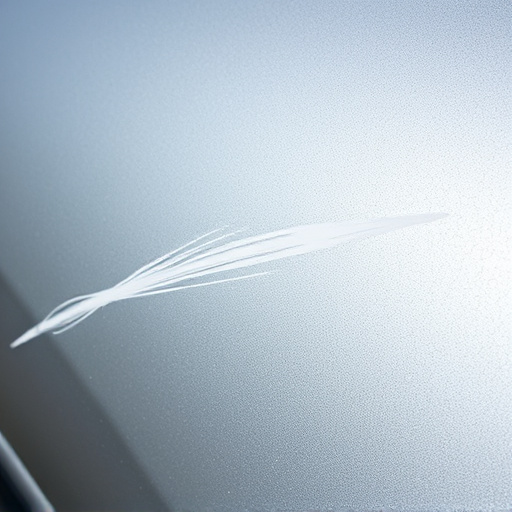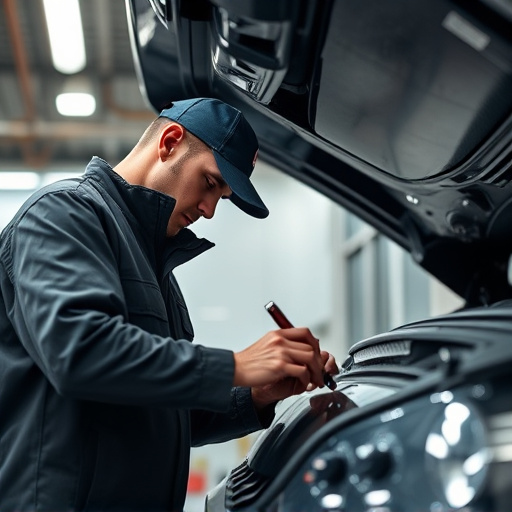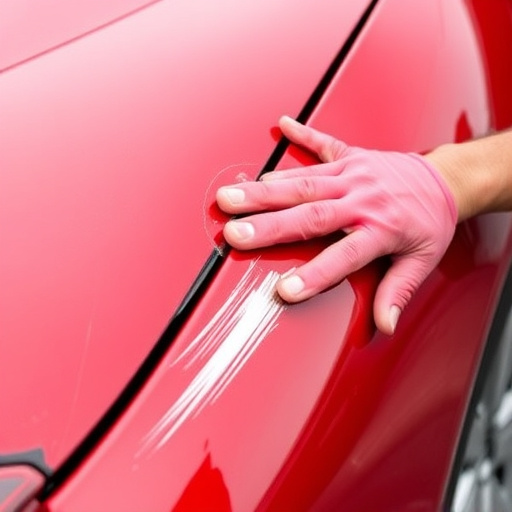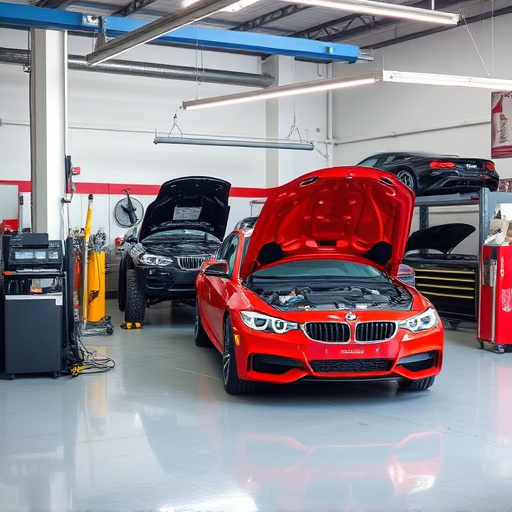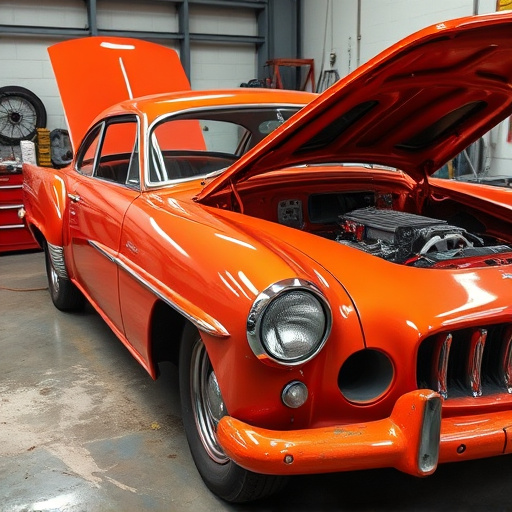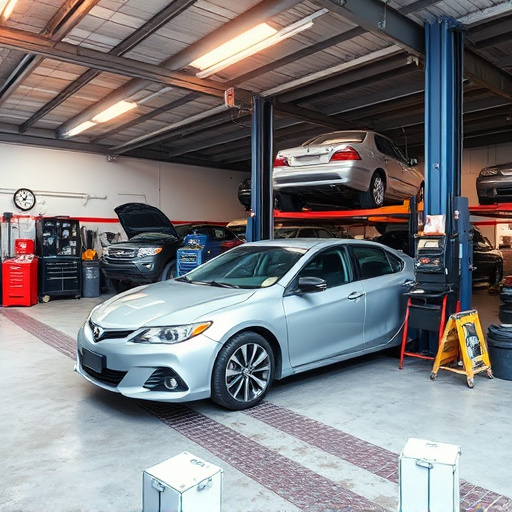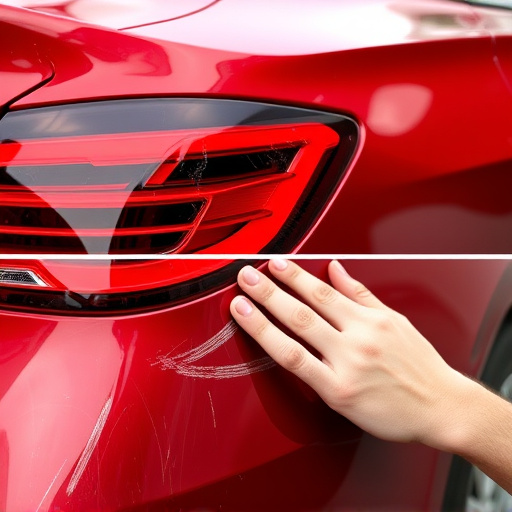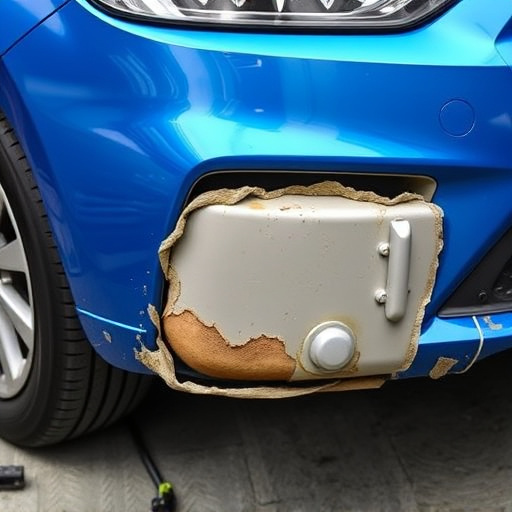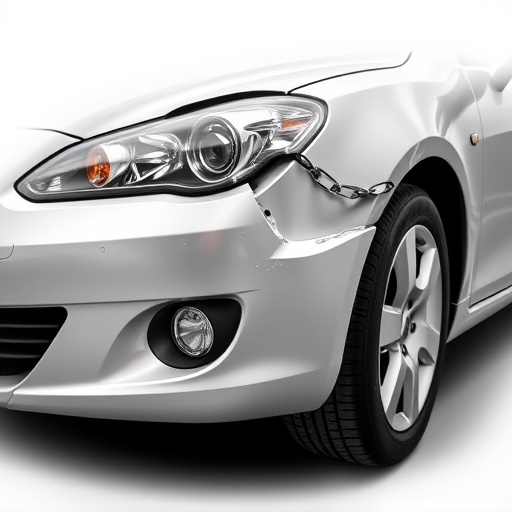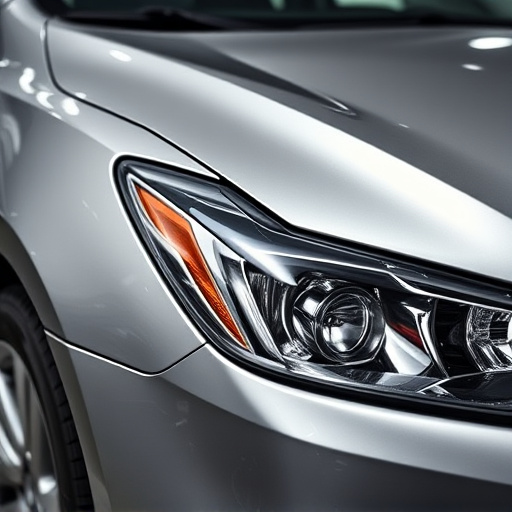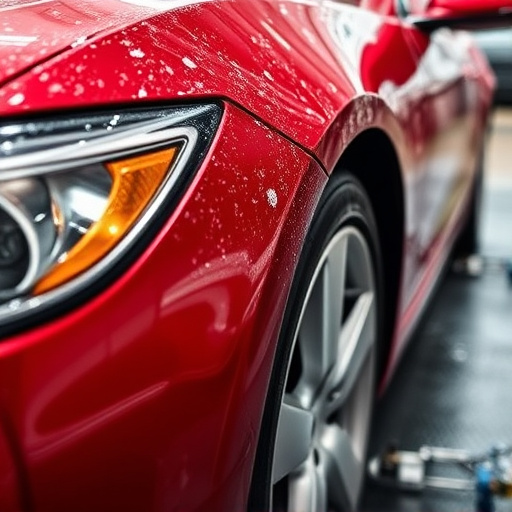Meticulously inspect the bumper cover replacement for uneven alignment, cracks, and gaps. Pay close attention to the seal between the bumper cover and vehicle components. Look for gaps or spaces between the bumper and vehicle surface. Test drive the vehicle to ensure proper impact absorption and awning function.
Are you questioning whether your recent bumper cover replacement was done properly? A poorly fitted or subpar bumper cover can leave your vehicle vulnerable and unsightly. This article guides you through crucial inspection points to ensure your new bumper cover is installed correctly. From visual alignment to functionality testing, learn how to identify signs of poor workmanship, ensuring a durable and protective upgrade for your vehicle’s front end. Master these checks and know when to demand a re-do for a seamless, secure bumper cover replacement.
- Visual Inspection: Check for Uneven Alignment and Cracks
- Fit and Finish: Look for Gaps or Poor Cover Contour
- Functionality: Test for Proper Impact Absorption and Awning Extension
Visual Inspection: Check for Uneven Alignment and Cracks
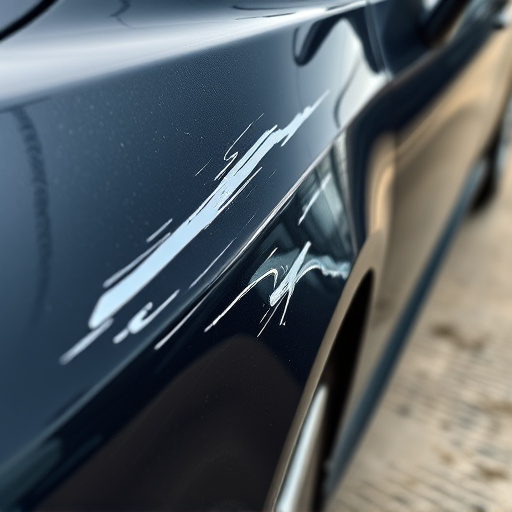
When evaluating whether your bumper cover replacement was done poorly, start with a thorough visual inspection. Check for any signs of uneven alignment—a clear indication that the new bumper cover wasn’t properly fitted during installation. Look for cracks as well; these can appear both on the surface and around the edges where it attaches to the vehicle. Even minor cracks can signal subpar workmanship or the use of low-quality materials, indicating a job not done right.
Furthermore, examine the seal between the bumper cover and the vehicle’s fender or frame. A well-executed bumper cover replacement should leave no visible gaps or spaces that could compromise the structural integrity of your car. If you spot any inconsistencies or unevenness in these seals, it might be a red flag that the body shop services you utilized didn’t live up to professional standards, requiring additional fender repair work down the line.
Fit and Finish: Look for Gaps or Poor Cover Contour
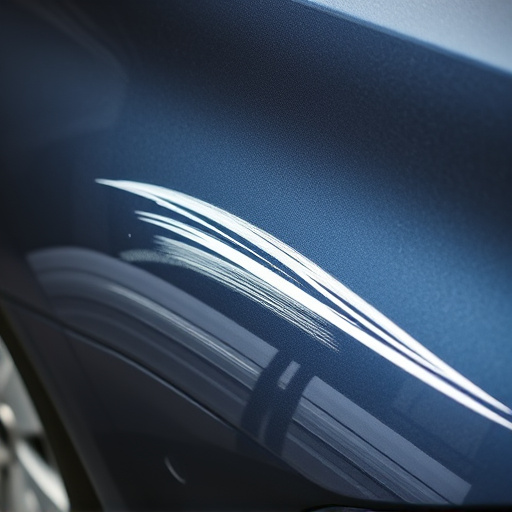
When evaluating whether your bumper cover replacement was done poorly, one of the most visible indicators is the fit and finish of the new cover. Upon closer inspection, look for any gaps or spaces between the bumper cover and the vehicle’s surface. A well-fitted bumper cover should seamlessly blend into the car’s contour, creating a smooth, uninterrupted line. If you notice uneven edges, noticeable spaces, or an overall poor fit, it could be a sign that the replacement was not performed correctly.
This issue often reveals subpar craftsmanship or incorrect sizing of the new bumper cover. In a quality collision repair or car repair shop, technicians pay meticulous attention to detail during the bumper cover replacement process. They ensure precise measurements and expert installation to maintain the vehicle’s aesthetic appeal and structural integrity. If your vehicle was not properly serviced in this regard, it may be time to seek another opinion on whether the job was done right.
Functionality: Test for Proper Impact Absorption and Awning Extension
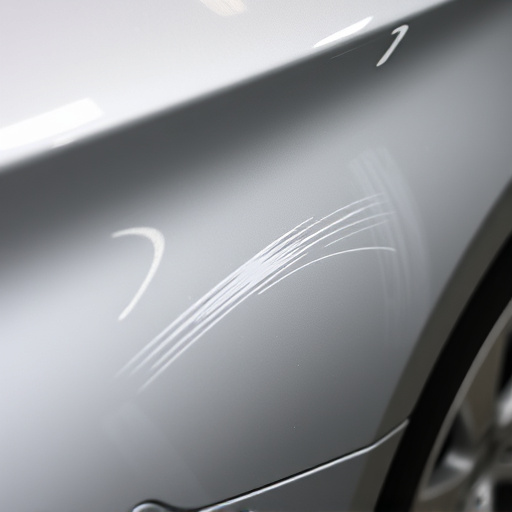
After a bumper cover replacement, one of the crucial aspects to verify is its functionality, particularly when it comes to impact absorption and awning extension. Take the vehicle for a test drive and assess how it handles different road conditions and speeds. A well-fitted and effective bumper cover should absorb impacts smoothly, without excessive bounce or vibration, ensuring your vehicle’s front end remains stable.
Additionally, check if the awning (or the part that extends over the license plate) deploys and retracts seamlessly when you activate it. This mechanism is vital for enhancing visibility and protecting your vehicle from debris during reverse parking or low-speed maneuvers. A poorly installed bumper cover might exhibit issues with these functions, indicating subpar collision damage repair at the auto maintenance or vehicle body shop.
When evaluating whether your recent bumper cover replacement was done poorly, a thorough inspection is key. Look beyond the initial visual appeal and consider three critical aspects: alignment and cracks, fit and finish, and functionality. By checking for uneven gaps, poor contouring, or inadequate impact absorption, you can ensure your vehicle’s protection isn’t compromised. Remember, a quality bumper cover replacement should enhance your car’s aesthetics and safety without leaving room for concern.

